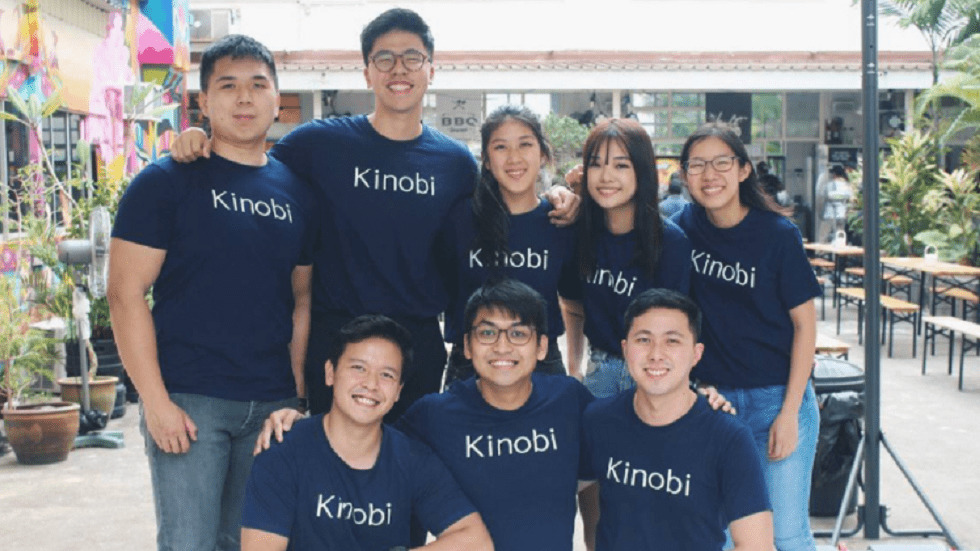Think the hiring process is tedious and a waste of time? You are not alone. Lately, there has been growing concern among policymakers and journalists about the increasing time gap between the posting of a job listing and the actual hiring of a worker.
The most popular explanation for this trend among economists is that labor quality is dwindling – that there is a “skills mismatch” between job seekers and employers. Another theory advanced by Vox’s Matthew Yglesias argues that there are too many applicants per position, complicating the process of finding the right employee.
These theories and others miss a critical point: built into these analyses is the assumption that recruiters and human resources professionals actually know what they are looking for when hiring.
They don’t, and I am going to call this the Fundamental Fallacy of Modern Recruiting.
Recruiting Is More Than Final Candidates
Recruiting would seem to be one of those things you really can’t screw up if you want your business to grow. Talent is everything, according to every business conference and TED talk ever. Human capital, after all, is the lifeblood of the modern corporation, and so it must get incredible attention from senior executives.
That’s worth a real lol, and maybe even a roflcopter.
As anyone who has worked in one of these modern corporations knows, recruiting has become a profession like every other function in the business world. It’s essentially outsourced, or maybe insourced is a better way to put it.
Sure, these people work just down the hall from you. Sure, you give a technical interview as part of the hiring process to assess competency and culture fit. Sure, you get to pick from the final candidates to choose the one you think is best.
The problem with that logic is that by the time you are seeing a candidate walk through your office, 90% of recruiting is already done. Advertising open positions in the right places using the right methods and screening applicants and referrals is where all the quality problems originate.
Engineers have all the trappings of choice in hiring at the end of the process, without any of the important influence that comes from the earlier stages where their input could be most valuable.
The Rise Of Ambiguous Jobs
This essential challenge is a classic one in economic theory: the principal-agent problem. As organizations grow and become more specialized, the distance between recruiters (and really, any business function) and the people who actually know who should be recruited grows not just linearly, but exponentially.
However, there are decent structures and incentives to handle the principal-agent problem, yet recruiting still remains awful. Why?
My theory is that jobs have become far more ambiguous in today’s world than they have in the past, making it much harder for HR specialists to use pattern recognition to find the right fits. Two decades ago, a software engineer used to “just code,” probably within a very narrow set of languages and environments. Think of a 1990s Microsoft Windows software developer programming in C++.
Our world is fundamentally more complicated today. An engineer doesn’t just code in one language on one platform, but is now expected to engage with a range of frontend and backend systems using a myriad of languages and platforms. They might use Ruby on the backend as well as Swift on iOS and Javascript in the browser.
While every one of these skills may not be used on a daily basis, the kinds of versatile engineers desired by employers today are capable of shifting from one place to another in the codebase on a whim.
That’s not all though. Engineers in most firms today are also supposed to know at least something about product design, marketing, and customer support for those top-paying enterprise clients. Purely technical roles still exist of course, but they tend to congregate away from consumer and enterprise software into areas such as embedded systems.
Interdisciplinary skills may be the hallmark of the modern engineer, but it is precisely that broad and ambiguous skillset that complicates hiring. Engineering is hardly alone is experiencing this change in ideal worker. No one just hires a “marketer” or a “salesperson” anymore. There are so many requirements and expectations for all of our roles that it should be no wonder why jobs can’t be fulfilled very quickly.
It’s not the fault of the recruiters. I’m certain they are doing everything they can to make their organizations grow, but they have an impossible job looking for these unicorn employees. When we combine the increasing ambiguity of our jobs with the increasing distance of HR recruiters from the actual work taking place, you get everything that is wrong with modern recruiting.
Fighting Back Against Bad Recruiting
It doesn’t have to be this way, but nearly every corporation eventually falls into this trap. That distance between employees – more than anything else – remains the largest advantage that startups have over large corporations. Perhaps the single best hire that will ever be made by a startup is employee number one, since there are no agents between the founders and the rest of the company.
The goal then is to continue that clarity in hiring for as long as possible. Founders should not just insource their hiring to some specialist, but should instead continue to take an active role in ensuring that the right employees are being hired.
That doesn’t just mean giving a pep talk to a candidate when they are considering joining. Instead, founders should be involved in absolutely every stage of recruiting, from determining the qualities and qualifications desired in different roles, to the best strategies to reach these people, to the early screenings and all the way through the offer letters. This doesn’t mean doing the day-to-day logistics of recruiting, but rather setting a clear vision throughout the process.
One example of this is Stripe’s Capture the Flag tournaments, which test programmers on their security abilities through a tough set of challenges. The startup’s engineering team heavily engaged with building the game, and the result was not only fun, but also helped to distinguish potential employees for the company.
Another example is Larry Page at Google. He continues to read every employee’s biography and gives an up or down vote before they join the company. That sort of policy is perceived by some critics as obnoxious, and may appear to be too little too late in the recruiting process. Nonetheless, this tactic remains perhaps the only way a CEO of a massive corporation can maintain a connection to an otherwise distant HR process.
Last, but certainly not least, there is also the post-hiring stage of recruiting, when real magic can happen. Mentorship and training can go a long way toward turning a good employee into a great and even fantastic one. Particularly for more mature startups, an infrastructure to support personal development can make it significantly easier to bring new employees into ambiguous roles and have them succeed.
We don’t have to accept the hiring status quo, but we do need to realize the limits of the knowledge that any recruiter can bring to bear on their job. The whole organization needs to be a part of recruiting if we are going to break the Fundamental Fallacy of Modern Recruiting, and we need to ensure that resources are available afterwards to help employees succeed. Only then will we solve our talent crunch.




